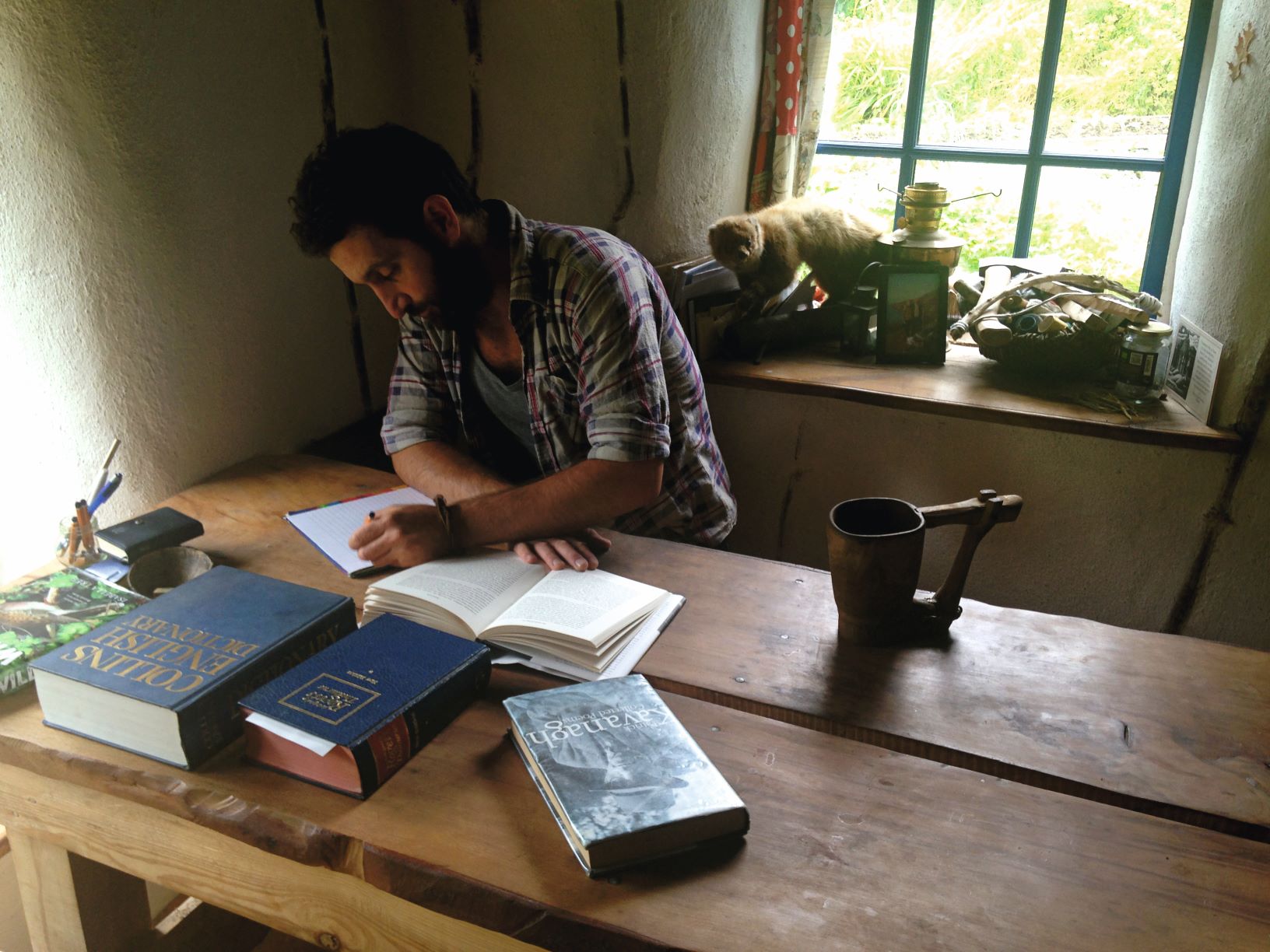Get your claws into this most summery of seaside activities
Summer time-wasting shouldn’t be the preserve of children. Rockpooling, building sandcastles and climbing trees are all noble pursuits that every adult should have the pleasure of indulging in, too. And there’s little more fun that grabbing a bucket and a line and going crabbing. Here’s how to do it properly.
Crabbing kit:
A bucket
A line (you can buy proprietary crabbing lines in most buckets-and-spades shops by the sea but any bit of string or line will do. You can add your own bag for putting bait in using an old washing tablet bag, washed out and something tied on for a weight). Never use a line with a hook on.
Some tasty crab bait. Bacon is good - they especially love the rind - or sardines
A net
A lovely picnic lunch
A friend (optional)
Where to go crabbing
Crabs like tidal waters and you need somewhere you can drop your line easily, such as a quayside. A nice spot where you can sit and dangle your legs over the harbour wall is always lovely. If you’re likely to get over-excited, look for a location with a waist-height wall that might prevent you enjoying a wild swim on the same day.
Check locally that crabbing is allowed or ask the harbour master so you don’t irritate local fishermen.
How to crab well
Pop down to the water’s edge with your bucket and fill the bucket with sea water. Crabs do not like tap water.
Add a couple of big rocks and a bit of seaweed, if you can find it, to give the crabs a bit of shade and somewhere to hide while they’re in your bucket. Keep the bucket in shade while you have the crabs in there, too.
Tie some bait onto your line or put it in the net bag. Large bacon lardons are crab favourites, particularly the rindy bits.
Drop your line into the water, sit down and make yourself comfortable.
If you feel any tugging, very gently pull up your line. If you can see any crabs hanging on enjoying a snack, scoop your net underneath them so they don’t drop off and transfer them to your bucket.
Never have more than ten crabs in the bucket at the time - they get on each others’ nerves a bit. If any start fighting, put them back in at once.
When you’ve got a few in there you can sit down and watch them scuttling around sideways, peering out at you and generally getting on with their crabby business. They’re fascinating crustaceany creatures. You can give them names, pick them up, either with one finger on the top of the shell and one on the bottom, or holding them either side of the shell, to have a good look at them, and get to know them a bit better, but obviously be gentle and don’t have them hanging about in your hands too long.
Try not to leave your crabs in the bucket longer than ten minutes. When it’s time to put them back always go down to the water’s edge. Throwing them over the quayside will stress them out and they could even be hurt. At the water’s edge, tip them out gently onto the sand or rocks and watch them scuttle back into the water.
Change your water before dropping your line again to ensure there’s plenty of oxygen in it for your next catch.
Gone Crabbing is a shop in Burnham Deepdale, Norfolk, which has a useful crabbing guide on its website. you by Googling ‘where to go crabbing near me’. You’ll be surprised how many spots there are at your nearest stretch of coast or estuary.
In our August issue, we are appreciating the crab in our regular Magical Creatures slot. Pick up a copy in shops now. And if all that crabbing has made you hungry, we have a delicious recipe for crab burgers in the same issue. Probably best to buy your crab meat locally. It seems rude to eat something you’ve shared a pleasant afternoon with.
Get hold of your copy of this month's The Simple Things - buy, download or subscribe







